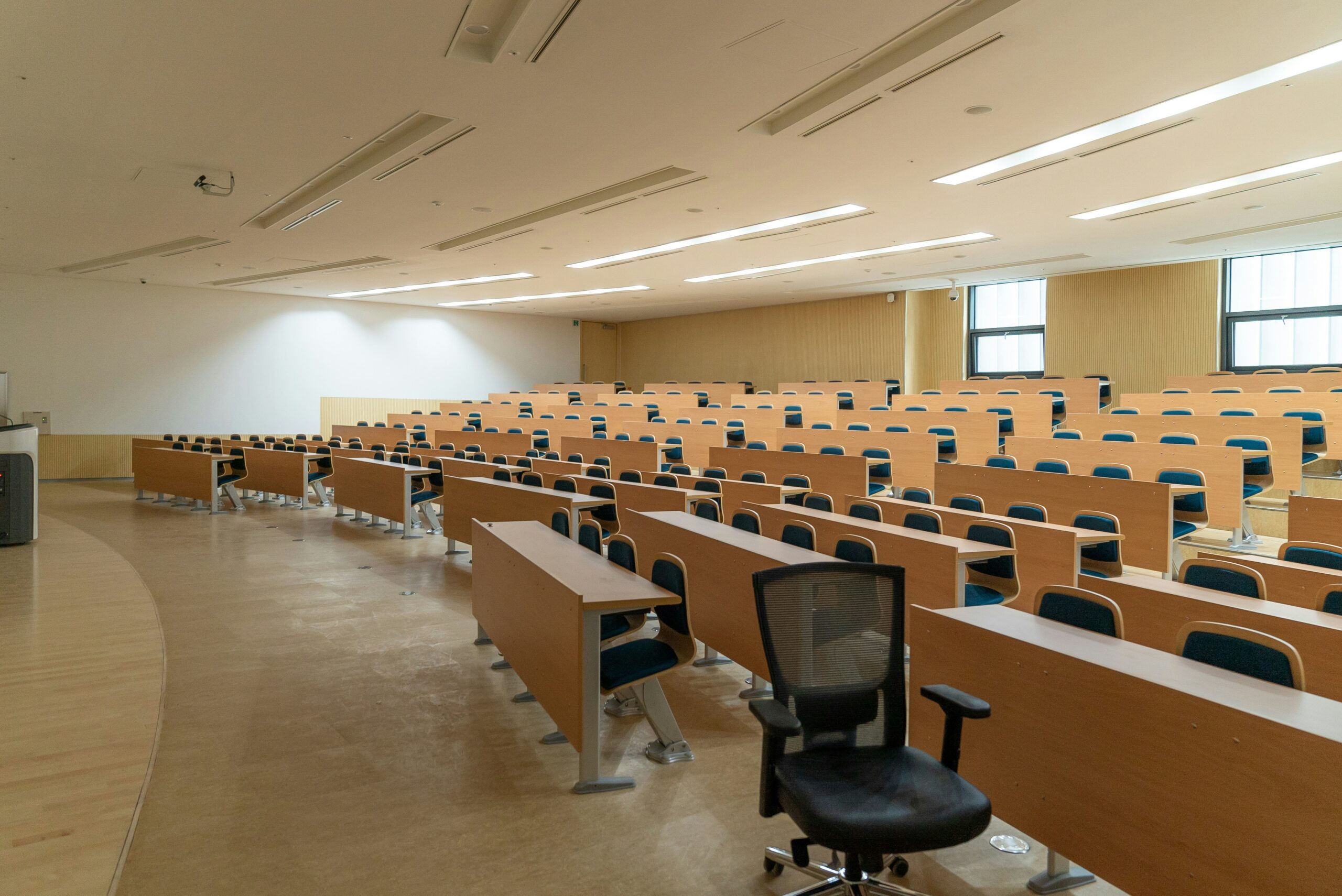Have you ever asked your teacher why a formula works, only to be brushed off with “Just use it”? You’re not alone! From the integral of sin(6x) to the linear motion equations, many students are left frustrated by a system that prioritises memorisation over understanding. The Leaving Cert’s rigid, time-pressed curriculum forces both teachers and students into a cycle of rote learning, stripping away the deeper reasoning behind maths and science. This is unfair to both teachers and students.
In Leaving Certificate Mathematics, students are given an enormous number of formulae that they are simply expected to apply without understanding why. The explanations and derivations behind these? Nowhere to be seen. It is only when a student takes Applied Mathematics or begins third level education in Mathematics that they are provided with detailed reasoning behind all of these formulae. These are often fairly basic explanations that allow students to understand why we use these formulae, rather than being told to just use them. We are all familiar with the quadratic formula. Yet the proof of this is not specifically included in the mathematics curriculum at Leaving Certificate Level. However, if it was, this would help students to see algebra and functions in a new and interesting way. This is also seen with the differentiation rule we all know and love – the chain rule. The derivation of this is in no way out of the scope of what a Leaving Certificate higher level Mathematics student could understand. Yet it, along with the other rules of differentiation, are not given the privilege of an explanation. While time constraints are a major factor for their omission, they would help immensely with the students’ understanding of calculus and Mathematics as a whole.
The overreliance on memorising formulae can greatly hinder problem-solving skills in students and can evoke a fear of maths and science among them. Instead of students being shown the true beauty that lies in the realms of mathematics and scientific reasoning, they are instead told to rote learn it, as if it were a text-heavy subject, like History or Business. If students are not taught how to derive formulae and problem solve on their own, they will likely end up forgetting most of the information they learned after the exam. Whereas if the student was instead taught the logic behind what they are learning, they may grow to actually enjoy what they are learning, and remember it as a result.
Despite its flaws, there are a certain number of advantages associated with the simplification of curricula. It makes these subjects accessible to a much wider population of students. It also allows an extremely wide variety of topics and chapters to be covered in a relatively short amount of time, even if it is often only at surface level.
This raises the question: should we prioritise covering a large number of topics at a surface level, or focus on attaining a deep understanding of a smaller selection of them?. A way to accomplish this would be to allow more choice in the topics students study. For example, a student could be given the freedom to study three or four chapters in a greater level of detail, rather than a dozen plus topics that may not be of interest to them. This would also allow students to study topics of relevance to their future careers or educational paths.
Does the simplification of ideas set students up for failure or success in the future? It is hard to tell. There is absolutely no differential mathematics in the Physics curriculum. However, in University, the study of Physics contains an abundance of complex mathematical equations. This could result in students making uninformed decisions in deciding what to study in college – wasting both time and money. However, if the Physics curriculum included the mathematics true to what physicists use daily, this whole situation could have been avoided.
Perhaps the Leaving Certificate should take inspiration from Finland’s educational system, which focuses more on conceptual learning rather than the rote learning that is so prevalent in Leaving Certificate Biology, Chemistry, and Physics. This often benefits students with excellent memories, rather than those who take the time to actually understand it. In the end, this leaves us with lots of random facts but without the ability to apply them.
We need to encourage students to ask why things are as they are, instead of just accepting them. We need to discourage shunting responses from teachers when students question the way things are.
We have all been in a situation wondering “when will I actually have to use this?”. Often, we are not shown the real-world application of what we are learning. We don’t see how calculus is applied to engineering, medicine, and economics, or how statistics play such an important role in data science, psychology, and research.
Despite the fact that maths underpins all science, it is not well integrated into these subjects. Physics students have to calculate forces, acceleration, and velocity, but never learn the differential equations behind them. Chemistry students use logarithms when calculating pH but may not fully understand logarithms from a mathematical perspective.
This is why I am in support of the changes to the Leaving Certificate Science curricula, with the goal of introducing an individual research project worth 40% of their grade. Although I do recognise the controversy in terms of resources and discrepancies in funding between schools, a clear advantage is the invaluable research skills that the student would attain by doing them.
Exams often force teachers to prioritise rote learning over deep understanding. This attitude must stop. We need to work together for a better education system for all – one that prioritises understanding and fostering a love for learning. We need a system that will produce students who don’t just pass exams but go on to innovate, solve problems, and shape the future!







